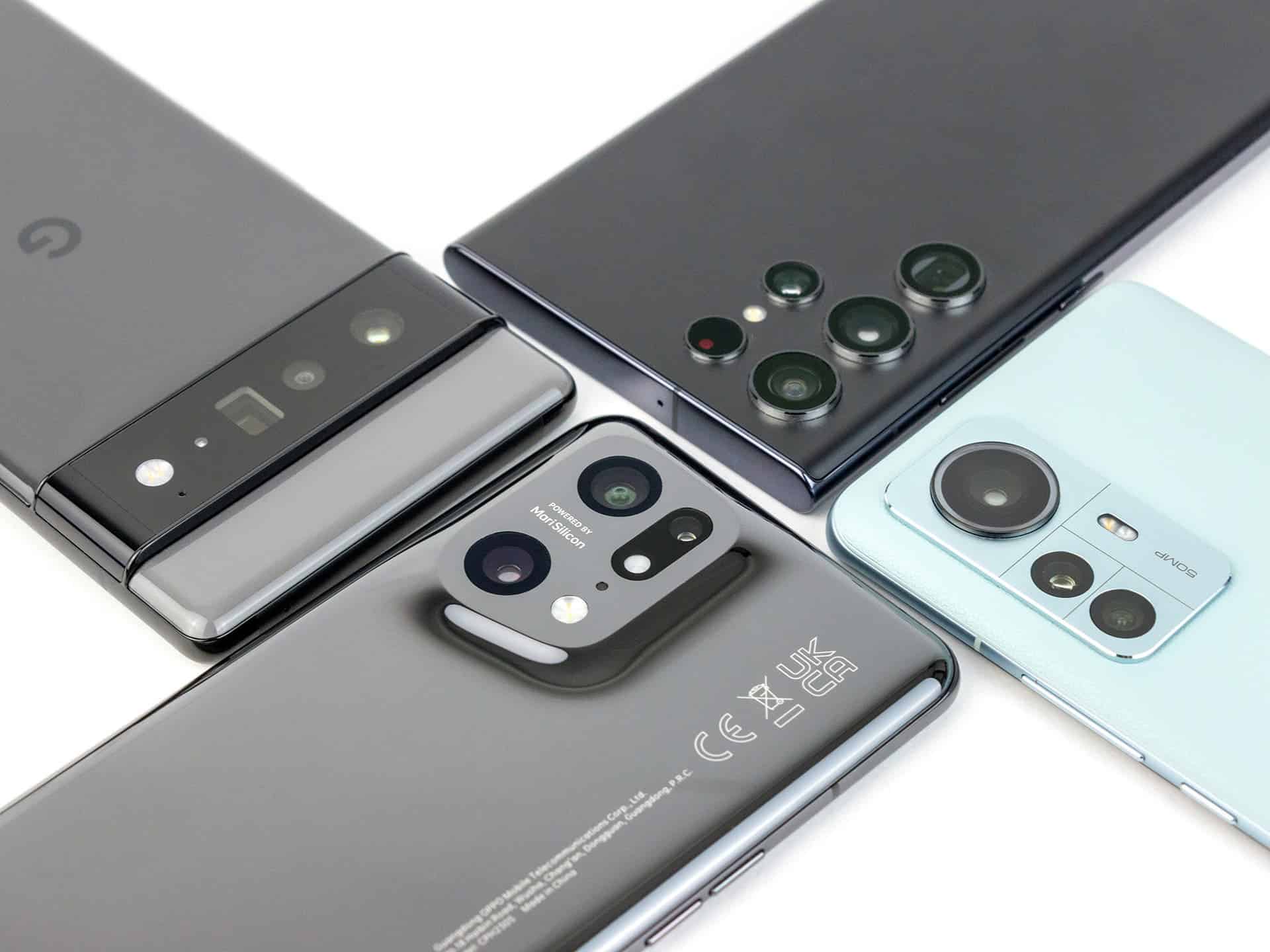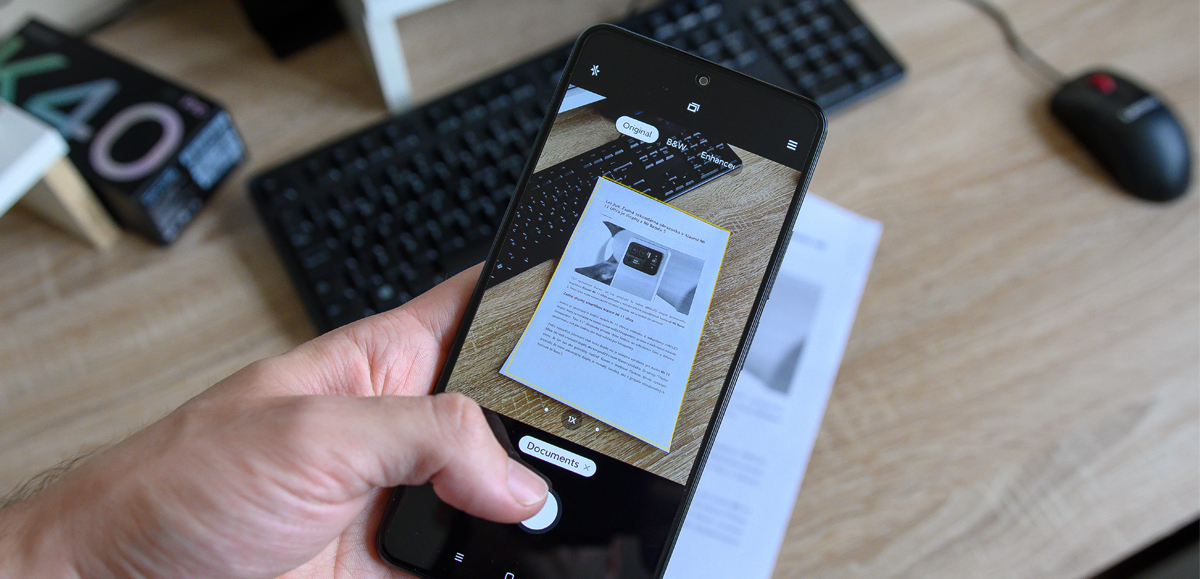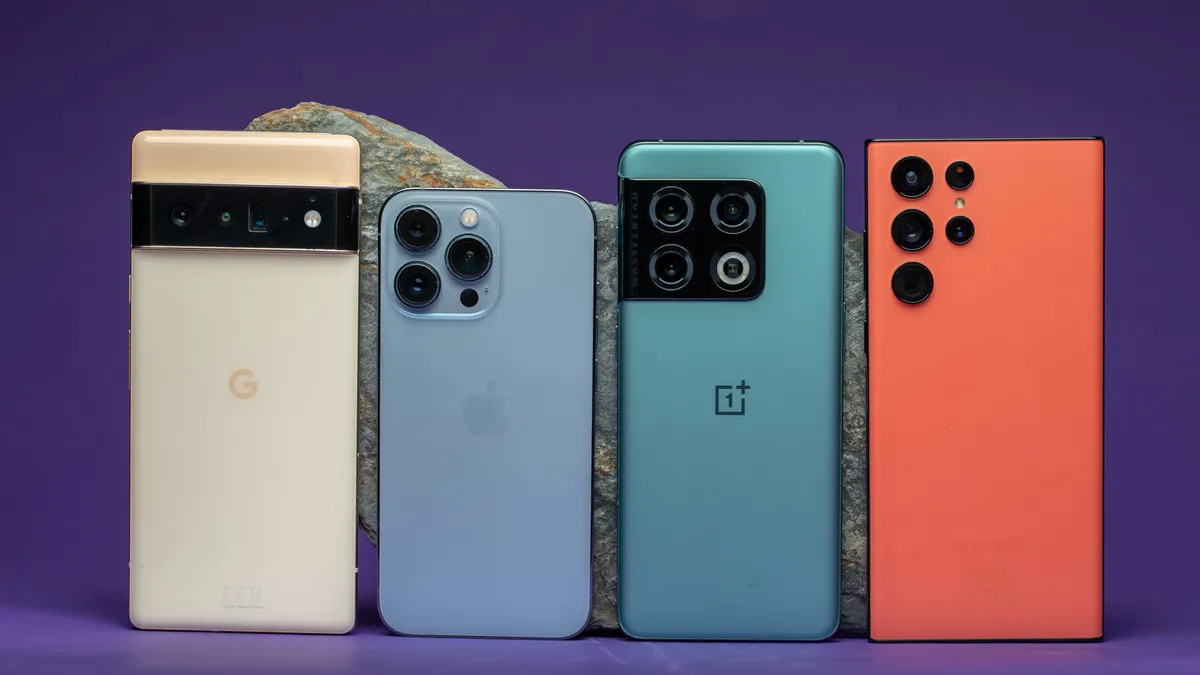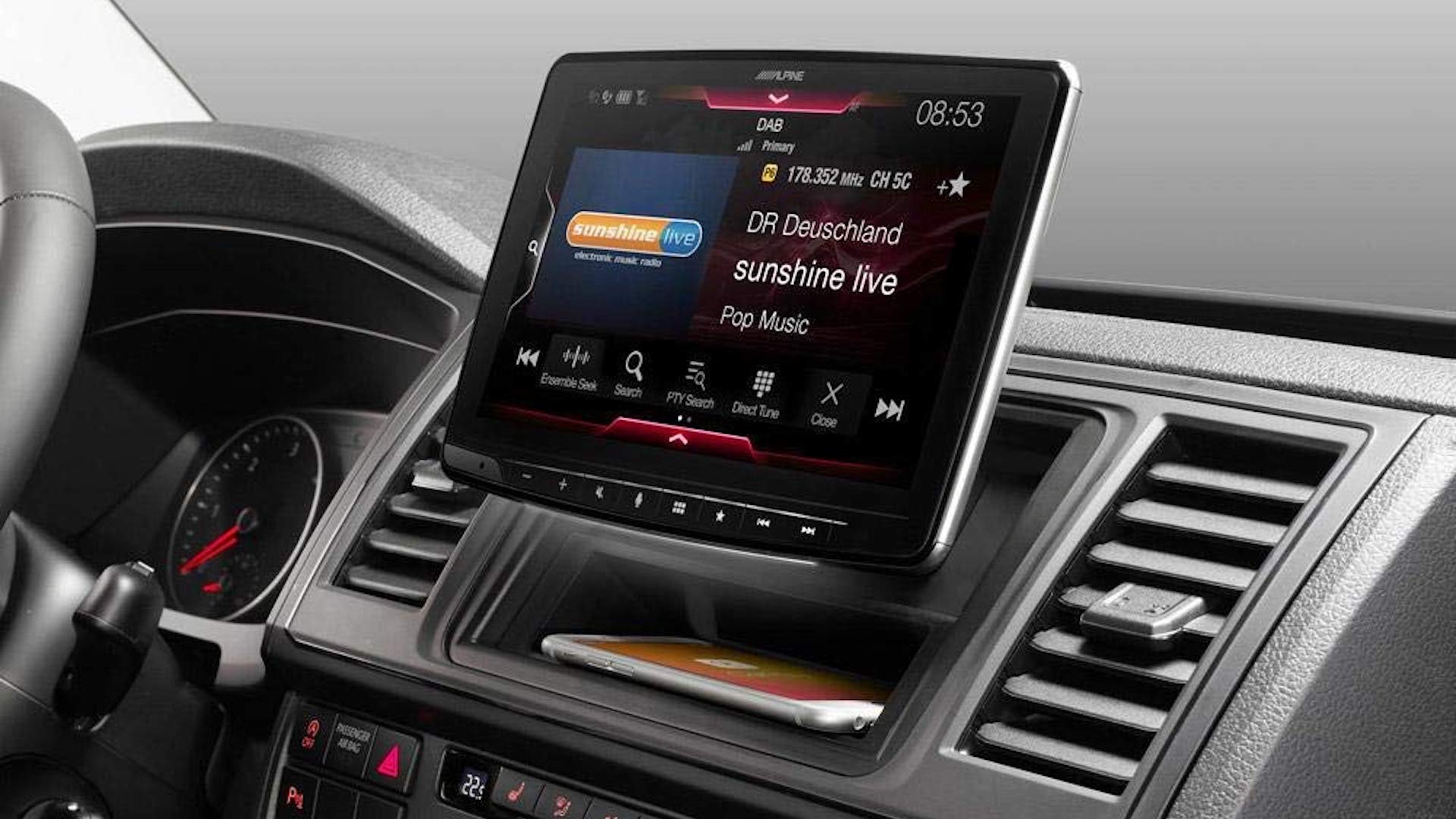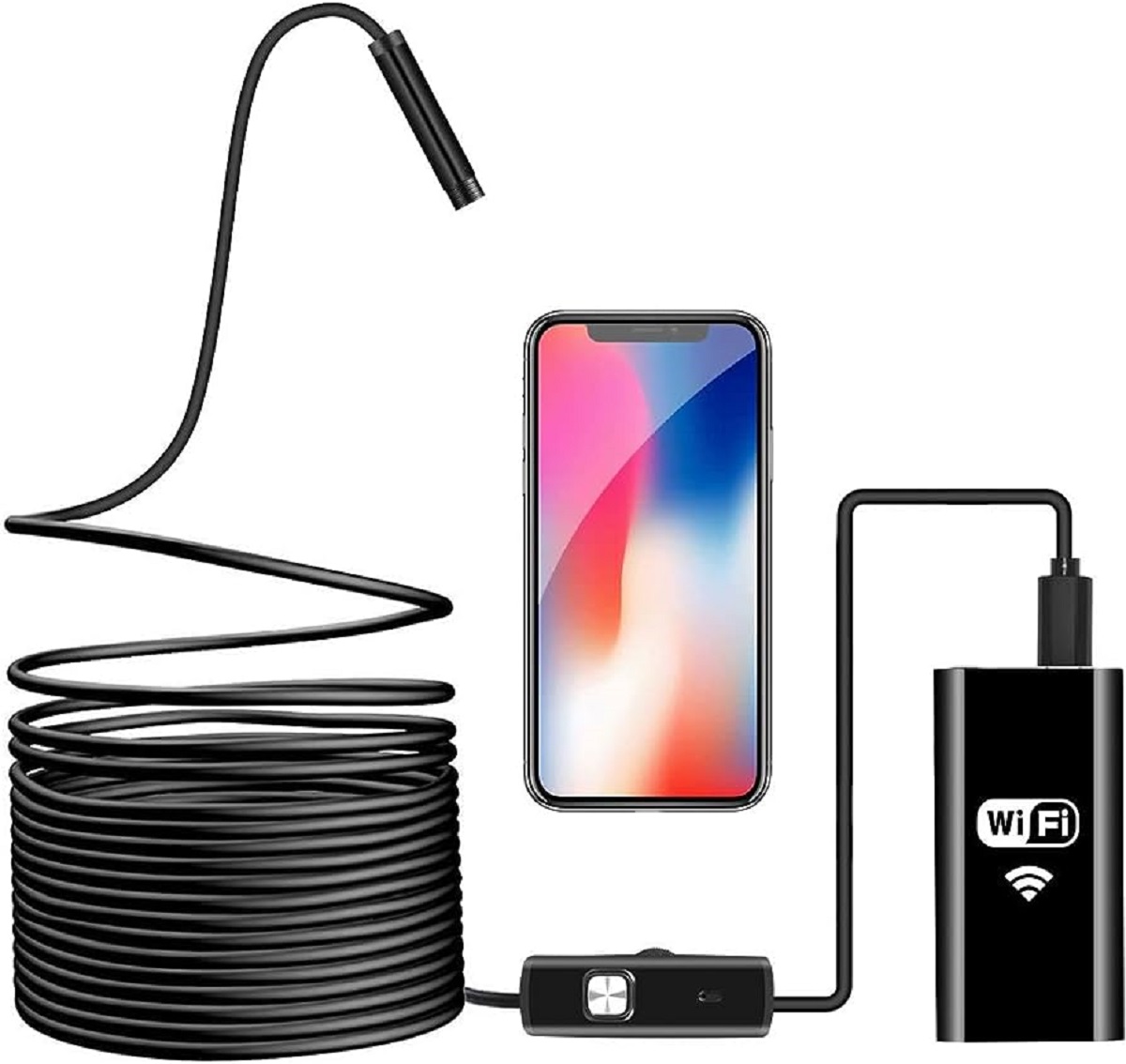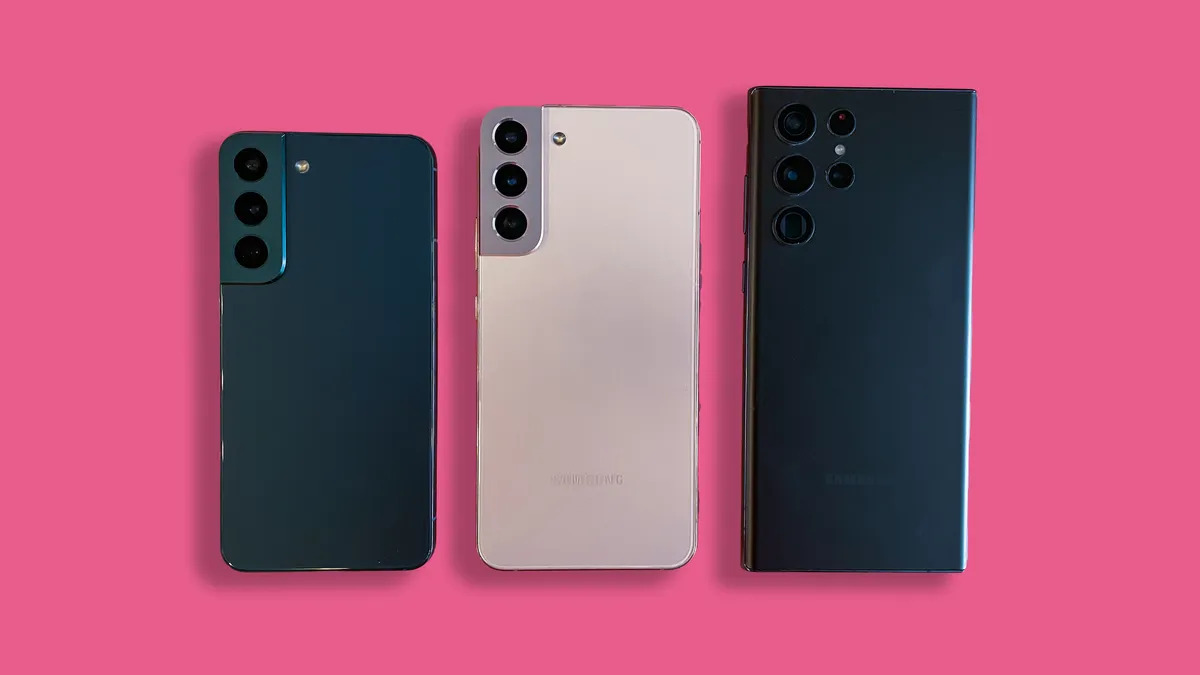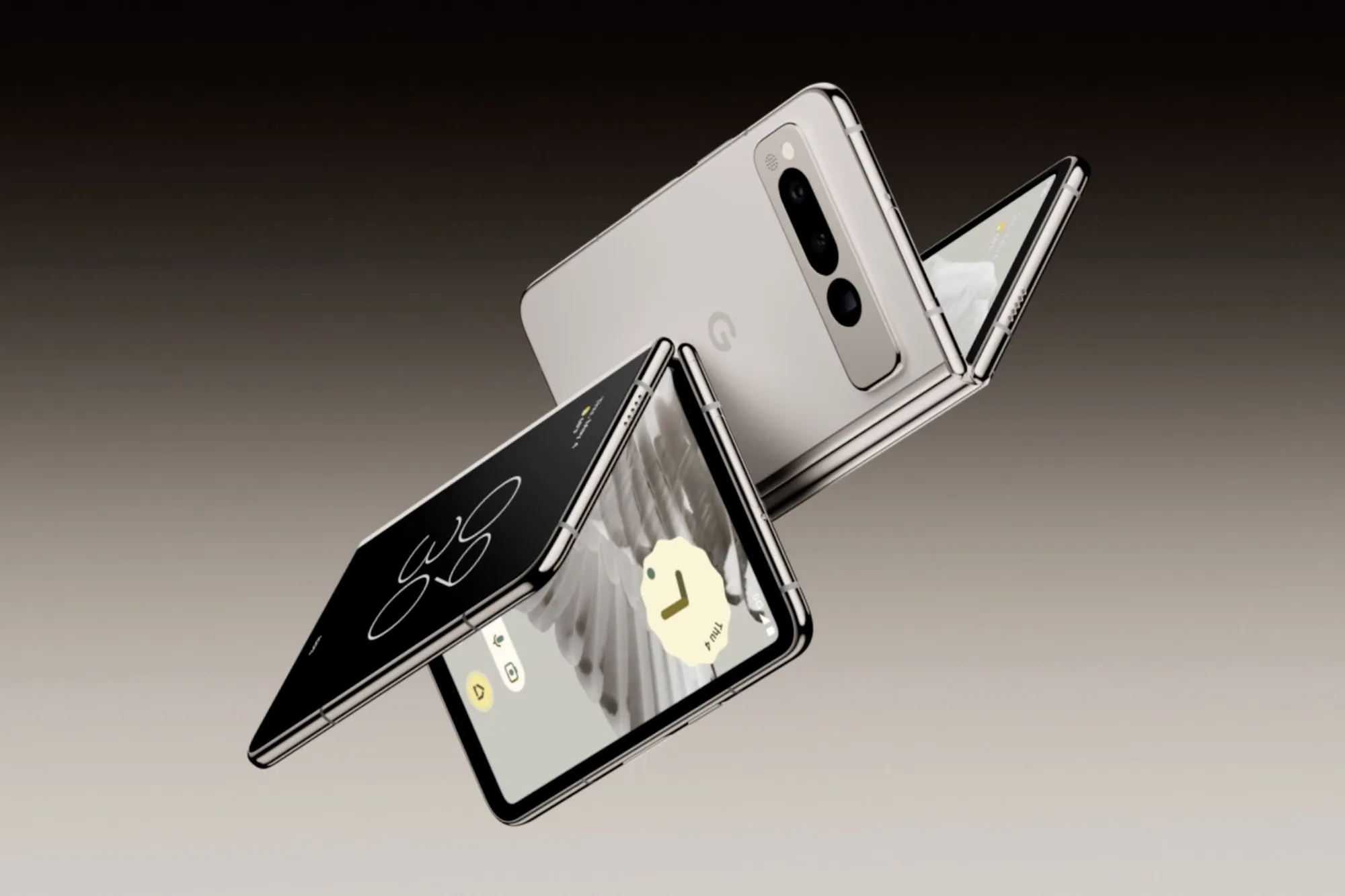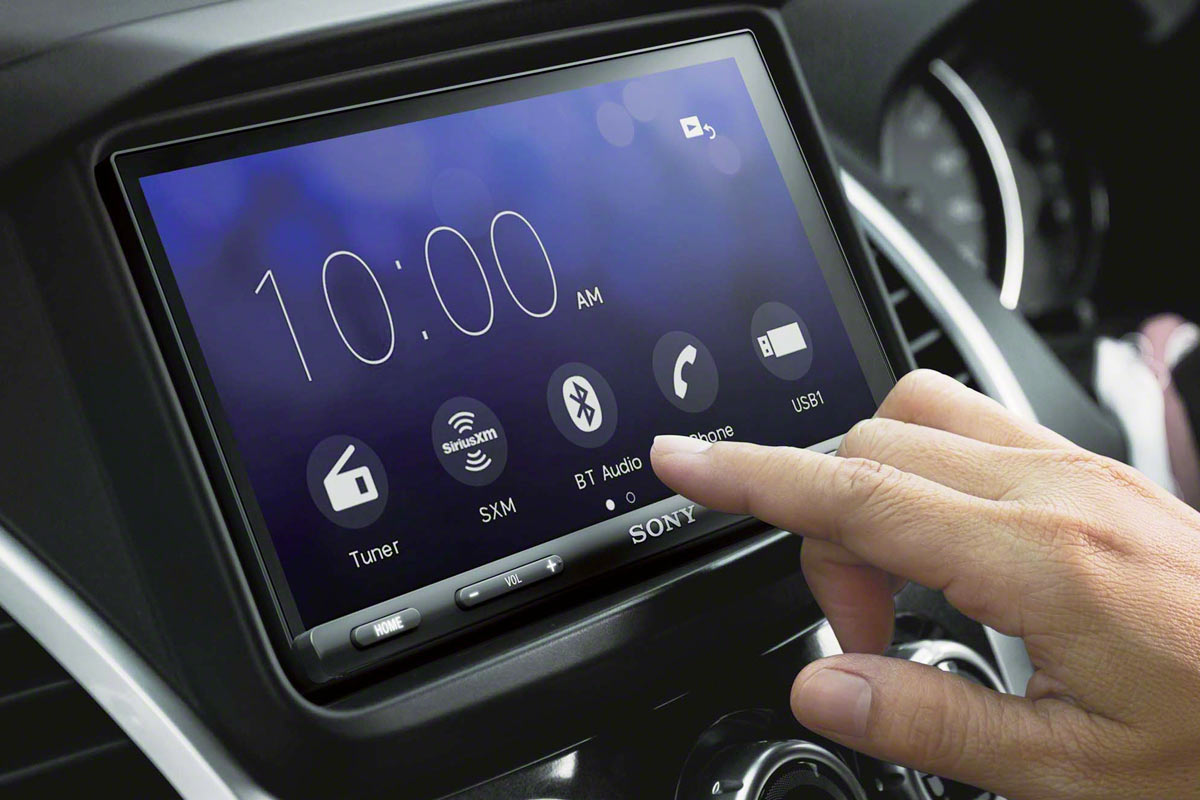Introduction
Android phones have become an integral part of our lives, serving as not just communication devices, but also as powerful tools for capturing and sharing our most precious moments. Whether you’re a photography enthusiast or simply want to take high-quality photos for social media, having a reliable and exceptional camera on your Android phone is crucial.
When it comes to evaluating the best camera in an Android phone, there are several factors to consider. These factors include the camera sensor, resolution, aperture, image stabilization, autofocus capabilities, and software optimizations. Each of these factors plays a significant role in determining the camera’s performance, image quality, and overall user experience.
In this article, we will explore the top Android phones with the best camera performance and compare their features and specifications. We will also delve into their low-light and night photography capabilities, video recording features, and additional enhancements that set them apart from other devices on the market.
By the end of this article, you’ll have a comprehensive understanding of the Android phones that excel in the camera department, helping you make an informed decision when choosing your next device.
Factors to Consider When Evaluating Android Phone Cameras
When evaluating the camera performance of an Android phone, there are several key factors that should be taken into consideration:
- Camera Sensor: The camera sensor is a crucial component that captures the light and converts it into digital information. The size and quality of the sensor greatly impact the image quality, especially in low-light conditions.
- Resolution: The resolution of the camera determines the amount of detail captured in an image. Higher resolution cameras produce sharper and more detailed photos, while lower resolution cameras may struggle with capturing fine details.
- Aperture: The aperture refers to the size of the camera lens opening. A wider aperture allows more light to pass through, resulting in brighter and better-exposed photos, particularly in low-light environments.
- Image Stabilization: Image stabilization technology helps minimize blurriness caused by shaky hands or movement. Optical image stabilization (OIS) and electronic image stabilization (EIS) are common techniques used to achieve more stable and sharp images.
- Autofocus Capabilities: Fast and accurate autofocus is essential for capturing sharp and properly focused images. Phase detection autofocus (PDAF), dual-pixel autofocus, and laser autofocus are some of the advanced autofocus technologies implemented in Android phones.
- Software Optimizations: Android phone manufacturers often include software optimizations to improve the camera’s performance and image quality. These optimizations can include features like HDR (high dynamic range), AI scene detection, and advanced image processing algorithms.
While these factors are important, it’s essential to note that the best camera ultimately depends on personal preferences and specific requirements. Some users may prioritize low-light performance, while others may focus on video capabilities or specific camera modes and features.
Next, we’ll explore some of the top Android phones with outstanding camera performance, allowing you to gain a better understanding of which devices excel in different photography areas.
Top Android Phones with Outstanding Camera Performance
When it comes to Android phones with exceptional camera performance, there are a few devices that stand out from the crowd. These phones not only boast impressive camera specifications but also deliver stunning image quality and advanced photography features. Let’s take a closer look at some of the top contenders:
- Google Pixel 5: Known for its remarkable camera quality, the Google Pixel 5 features a 12.2 MP dual-pixel rear camera with optical and electronic image stabilization. It excels in low-light photography and captures vibrant, detailed images. The Night Sight feature enhances low-light performance, while the astrophotography mode allows you to capture stunning shots of the night sky.
- Samsung Galaxy S21 Ultra: The Samsung Galaxy S21 Ultra is equipped with a powerful camera setup, including a 108 MP main sensor, two telephoto lenses, and an ultra-wide lens. It offers exceptional zoom capabilities, with up to 100x Space Zoom, and produces sharp, detailed images. The camera system also supports 8K video recording, enabling you to capture professional-quality videos.
- OnePlus 9 Pro: The OnePlus 9 Pro features a Hasselblad-tuned quad-camera setup, including a 48 MP main sensor, ultra-wide, telephoto, and monochrome sensors. The partnership with Hasselblad brings enhanced color calibration and imaging capabilities to the device. It excels in capturing natural-looking photos, offering accurate colors and impressive dynamic range.
- Xiaomi Mi 11 Ultra: With its 50 MP main camera and dual pixel pro technology, the Xiaomi Mi 11 Ultra delivers exceptional image quality. It offers impressive low-light performance, thanks to its large sensor size and night mode capabilities. The phone also boasts a secondary display on the back, making it a unique option for vlogging and selfies.
- Sony Xperia 1 III: The Sony Xperia 1 III features a versatile triple-camera system with three focal lengths, including 16mm ultra-wide, 24mm wide, and 70mm telephoto lenses. It offers advanced focus tracking technology, allowing you to capture fast-moving subjects with precision. The camera also excels in video recording, supporting 4K HDR and 120fps slow-motion capture.
These Android phones represent the cream of the crop when it comes to camera performance. However, it’s important to carefully consider your specific photography needs and preferences before making a purchase decision. Next, we’ll dive into a detailed comparison of camera features and specifications to help you make an informed choice.
Camera Features and Specifications Comparison
When evaluating the camera capabilities of different Android phones, it’s essential to compare their features and specifications. Here, we will analyze some of the key aspects that differentiate these devices:
Resolution:
The resolution of a camera determines the level of detail in the photos. Higher resolution sensors, such as the 108 MP sensor found in the Samsung Galaxy S21 Ultra, can capture incredibly detailed images. However, it’s important to note that a higher resolution does not always guarantee better image quality, as other factors like sensor size and software optimization also play a significant role.
Aperture:
The aperture of a camera lens affects its ability to gather light. A wider aperture, denoted by a smaller f-number, allows more light to enter the camera, resulting in better low-light performance. Phones like the Google Pixel 5 and OnePlus 9 Pro offer wider apertures, enhancing their low-light photography capabilities.
Optical Image Stabilization (OIS) and Electronic Image Stabilization (EIS):
Image stabilization is crucial for capturing sharp and stable photos, especially in challenging conditions or while recording videos. OIS technology physically moves the camera sensor to compensate for hand movements, while EIS achieves stabilization through software algorithms. Phones like the Samsung Galaxy S21 Ultra and Sony Xperia 1 III feature advanced OIS and EIS systems, resulting in smoother images and videos.
HDR and AI Scene Detection:
High Dynamic Range (HDR) technology allows for better exposure and dynamic range in photos, especially in scenes with contrasting light. HDR+ capabilities, as seen in the Google Pixel 5, enhance image details and reduce noise. Additionally, AI scene detection algorithms, found in many modern Android phones, automatically optimize camera settings to match the scene, resulting in more vibrant and captivating photos.
Zoom Capabilities:
The zoom capabilities of a camera play a significant role in capturing distant subjects without sacrificing image quality. Phones like the Samsung Galaxy S21 Ultra offer impressive zoom ranges, which are achieved through a combination of optical, digital, and hybrid zoom technologies. This allows for detailed shots even from a distance.
It’s important to consider these specifications in conjunction with real-world performance and user reviews to determine which phone’s camera best meets your needs. Next, we’ll explore how different Android phones fare in terms of image quality and performance in varied lighting conditions, including low light and night photography.
Sample Photos and Image Quality Comparison
When it comes to evaluating the image quality of different Android phone cameras, nothing speaks louder than sample photos. To help you get a better understanding of the performance and capabilities of these devices, let’s compare some sample photos taken with the top Android phones:
The Google Pixel 5 consistently produces stunning photos with excellent dynamic range, vibrant colors, and impressive detail. Its Night Sight mode is particularly noteworthy, allowing you to capture well-exposed and noise-free images in low-light environments.
The Samsung Galaxy S21 Ultra captures incredibly detailed photos with its high-resolution 108 MP sensor. It excels in daylight photography, with accurate colors and excellent sharpness. The camera system also delivers impressive results in challenging lighting conditions, thanks to its advanced HDR capabilities.
The OnePlus 9 Pro, with its Hasselblad collaboration, offers a natural and realistic color reproduction. It produces well-balanced and vibrant photos with excellent dynamic range. The camera system also excels in capturing fine details, making it a great option for users who value clarity and accuracy in their photos.
The Xiaomi Mi 11 Ultra shines in low-light photography, thanks to its large camera sensor and night mode capabilities. It produces sharp and noise-free images with good exposure and accurate colors even in dimly lit environments. The secondary display on the back can be used as a useful tool for framing selfies with the rear camera.
The Sony Xperia 1 III delivers impressive image quality and accurate color reproduction. It excels in capturing detail and offers a versatile shooting experience with its triple-camera system. The camera’s focus tracking technology ensures sharp and well-focused images, especially when capturing fast-moving subjects.
While it’s crucial to analyze sample photos, it’s also important to consider individual preferences and shooting scenarios. Different cameras excel in different conditions, so it’s important to determine which features and image characteristics matter most to you.
Now that we’ve discussed image quality, let’s explore how these Android phones perform in low-light and night photography scenarios.
Low Light and Night Photography Performance
When it comes to capturing moments in low-light and night conditions, having a camera that excels in these scenarios is essential. Let’s delve into the performance of the top Android phones when it comes to low light and night photography:
The Google Pixel 5 utilizes its Night Sight feature to capture remarkable photos in low-light situations. It leverages computational photography and advanced image processing to brighten up scenes and reduce noise, resulting in well-exposed and sharp images, even in near darkness.
The Samsung Galaxy S21 Ultra features a large image sensor and advanced noise reduction algorithms that work together to enhance the camera’s low-light capabilities. It ensures detailed and well-lit photos in challenging lighting conditions, allowing you to capture moments with clarity and minimal noise.
The OnePlus 9 Pro utilizes its wide aperture and advanced image processing features to produce impressive low-light images. It delivers well-exposed shots with accurate colors and minimal noise. The camera system also excels in preserving details and avoiding overexposure in dimly lit environments.
The Xiaomi Mi 11 Ultra stands out in low-light and night photography with its large camera sensor and night mode capabilities. It captures brighter images with reduced noise, ensuring excellent detail and vibrant colors even in poorly lit conditions.
The Sony Xperia 1 III impresses with its low-light performance thanks to its advanced technologies like dual photodiode autofocus and increased light sensitivity. It captures clear, well-lit images with accurate colors, even in challenging low-light scenarios.
Overall, these Android phones deliver exceptional results in low-light and night photography, allowing you to capture memorable moments even in dimly lit environments. It’s important to note that results may vary depending on specific lighting conditions, subject movement, and individual shooting techniques.
Now that we’ve explored low-light and night photography performance, let’s shift our focus to video recording capabilities and features offered by these Android phones.
Video Recording Capabilities and Features
When it comes to capturing videos, Android phones have come a long way in delivering high-quality footage. Let’s explore the video recording capabilities and features offered by the top Android phones:
The Google Pixel 5 offers impressive video recording capabilities with its ability to shoot 4K videos at 60 frames per second. It also features electronic image stabilization (EIS) and Super Res Zoom, ensuring smooth and stable footage with excellent detail, even when zooming in.
The Samsung Galaxy S21 Ultra takes video recording to the next level with its ability to shoot 8K videos at 24 frames per second. It offers advanced stabilization features like Super Steady and supports Pro Mode for manual control over settings. The camera system also allows you to capture 4K videos from any of the available lenses, from ultra-wide to telephoto.
The OnePlus 9 Pro also excels in video recording, offering the ability to shoot 8K videos at 30 frames per second. It features electronic image stabilization (EIS) and offers multiple shooting modes like Nightscape Video and Super Stable, ensuring steady footage in various conditions.
The Xiaomi Mi 11 Ultra delivers impressive video recording capabilities with its ability to shoot 8K videos at 24 or 30 frames per second. It offers comprehensive manual controls, along with features like AI color grading and video editing tools, allowing you to unleash your creativity in capturing and editing videos.
The Sony Xperia 1 III impresses with its video recording capabilities, supporting 4K HDR video capture at 24, 25, 30, 60, or 120 frames per second. It offers advanced features like cinematic 24fps recording, slow-motion capture at 120fps, and 360° spatial sound recording for immersive audio experiences.
These Android phones provide a range of video recording capabilities and features, allowing you to capture professional-looking videos with ease. Whether you’re shooting in 4K, 8K, or experimenting with different shooting modes, these phones have you covered.
Now, let’s explore some additional camera enhancements and capabilities found in these top-performing Android phones.
Additional Camera Enhancements and Capabilities
Beyond the core camera features, many Android phones offer additional enhancements and capabilities that elevate the photography experience. Here are some of the standout features found in the top Android phones:
The Google Pixel 5 allows users to capture breathtaking astrophotography shots. By leveraging its Night Sight feature, the phone can capture stunning images of the night sky, bringing out the beauty of stars and celestial objects.
The Samsung Galaxy S21 Ultra introduces the Director’s View feature, which allows you to see and switch between multiple camera feeds while recording video. This feature enhances creativity and flexibility in capturing dynamic content, making it ideal for vloggers and content creators.
The OnePlus 9 Pro, in collaboration with Hasselblad, brings enhanced color calibration and imaging capabilities. This partnership ensures more accurate and pleasing color reproduction in photos, providing a professional-quality look to your images.
The Xiaomi Mi 11 Ultra stands out with its secondary display on the back of the device. This display allows you to use the main camera system for capturing high-quality selfies, providing a unique and convenient solution for capturing self-portraits.
The Sony Xperia 1 III offers advanced focus tracking technology, enabling you to capture fast-moving subjects with precision. This capability ensures that your photos remain sharp and well-focused, even in challenging scenarios.
These additional camera enhancements and capabilities provide users with more options and flexibility in their photography endeavors. Whether you want to capture stunning astrophotography shots, switch between multiple camera feeds, or achieve accurate color reproduction, these Android phones have you covered.
Now that we have explored the various camera features, specifications, low-light performance, video recording capabilities, and additional enhancements, let’s summarize the key takeaways of this article.
Conclusion
Choosing the Android phone with the best camera performance can greatly enhance your photography experience. Throughout this article, we have examined the factors to consider when evaluating Android phone cameras, explored the top Android phones with outstanding camera performance, compared camera features and specifications, analyzed sample photos and image quality, discussed low light and night photography performance, and explored video recording capabilities and additional camera enhancements.
From our analysis, it is clear that the Google Pixel 5, Samsung Galaxy S21 Ultra, OnePlus 9 Pro, Xiaomi Mi 11 Ultra, and Sony Xperia 1 III are among the top contenders in the Android phone camera space. Each device offers its unique strengths and capabilities, catering to different photography needs and preferences.
Whether you prioritize low-light photography, video recording, advanced features, or reliable image quality, there is an Android phone that matches your requirements. It’s essential to consider factors such as camera resolution, aperture, image stabilization, autofocus capabilities, software optimizations, as well as real-world performance and user reviews when making a decision.
Remember, the perfect camera phone choice ultimately depends on your personal preferences and specific photography needs. Consider the features and capabilities that matter most to you and choose accordingly.
With the impressive advancements in Android phone cameras, you can now capture stunning photos and videos right from your pocket. So go ahead, unleash your creativity, and start capturing and immortalizing your precious moments with the best Android phone camera for you.







